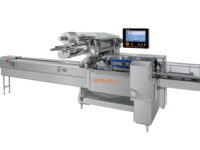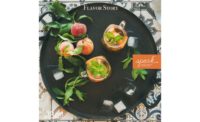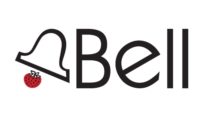In the United States, 30 million tons of plastic waste was generated in 2009, with 7% of that recovered for recycling, says the EPA. So where does the rest end up?
Nature is so kind, but we abuse, waste and ignore the wondrous materials provided to us. If we look at the cost of packaging goods in plastic, in the long run, the cost could skyrockets past the use of natural, sustainable resources in exchange. In the United States, 30 million tons of plastic waste was generated in 2009 and 7% of the total was recovered for recycling, according to the Environmental Protection Agency, Washington, D.C. So where does the rest go? It ends up in landfills, the ocean and burned to create smog and a larger hole in the ozone layer. It is said that for plastic to bread down in a landfill, it can take as long as 1,000 years.
So what will we do with all of the plastic? Ethical consumerism and sustainability are driving innovation in consumer goods to be more creative when it comes to packaging.
Companies that claim to be "green" are using sustainable packaging. Some good examples include Whole Foods, which won't offer plastic bags.
Other amazing materials outlined in research include:
Ecocradle, a product grown from mushrooms, Mycelium, a fungal network of threadlike cells, grows agricultural by-products like buckwheat husks, oat hulls and cotton burrs to any shape. In five to seven days in the dark with no water or chemical input, the mycelium envelops the by-products, binding them into a strong packaging.
Bamboo is one of the fastest-growing, most renewable resources in the world. In fact, there’s been more use of bamboo in the western world over the recent year, from packaging to clothing. In packaging, it’s a strong building material and composite that can be formed and recycled.
Corn starch loose fill serves as an alternative to foam peanuts. Corn is ground and made into pellets that are then made into packing. It’s 100% biodegradable and dissolves in water or can be composted.
Source: http://popsop.com
Related Articles
Related Products
See More ProductsSee More ProductsEvents
View AllSubmit An Event-
May 15, 2012 Webinar: New Productivity Trends using Robotics and Vision Technology for Packaging Applications
×
Get our new eMagazine delivered to your inbox every month.
Stay in the know on the latest snack and bakery industry trends.
SUBSCRIBE TODAY!Copyright ©2024. All Rights Reserved BNP Media.
Design, CMS, Hosting & Web Development :: ePublishing




